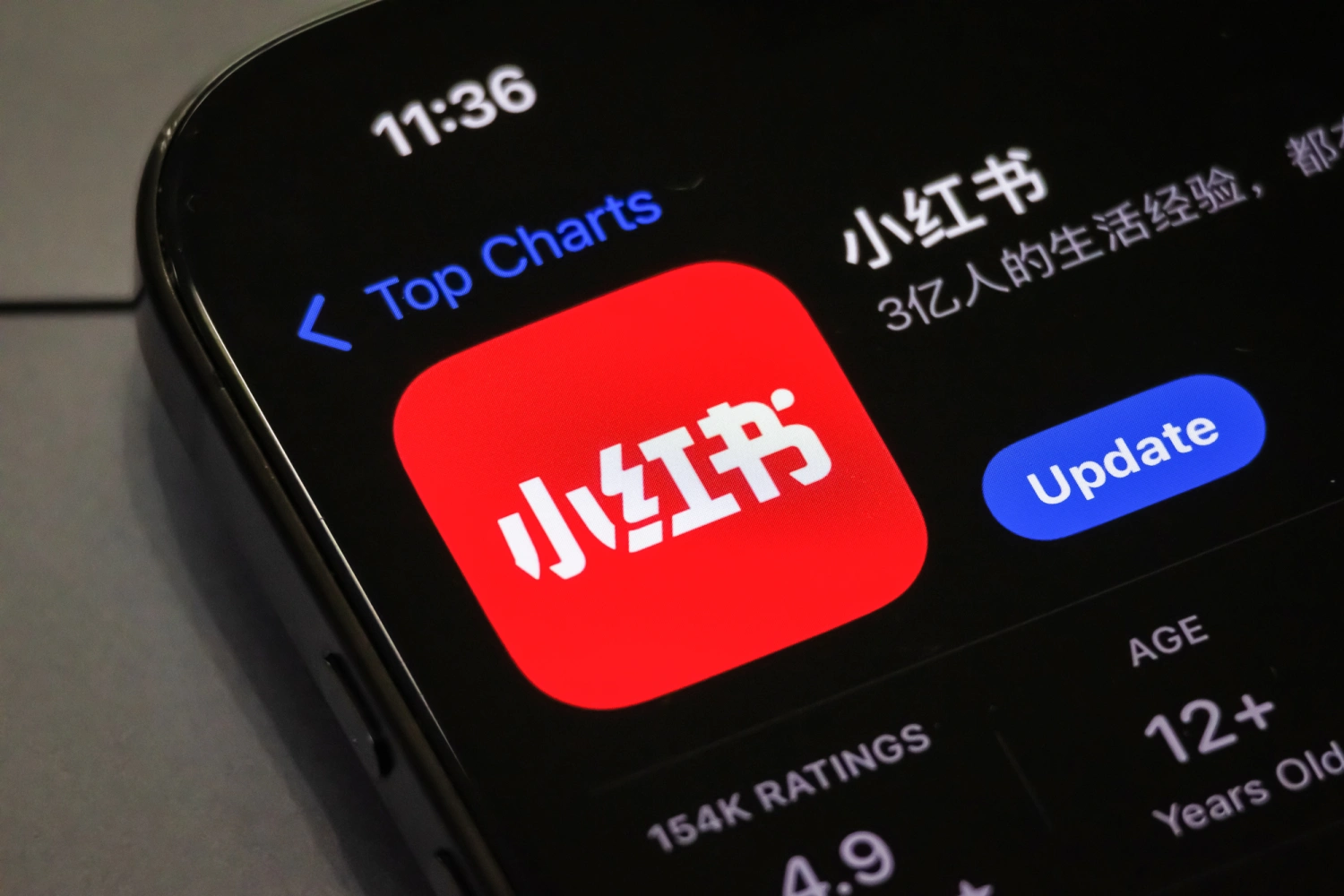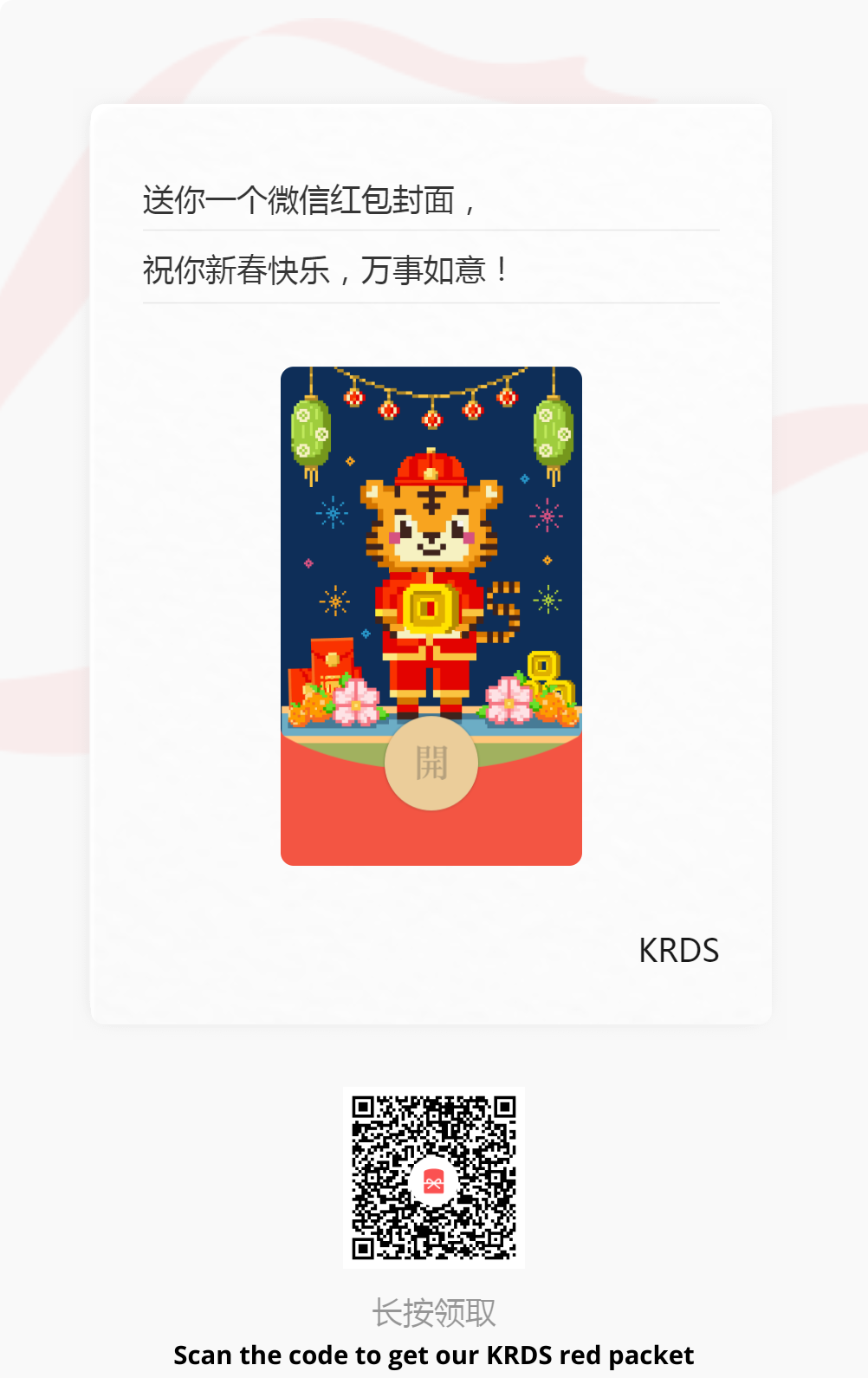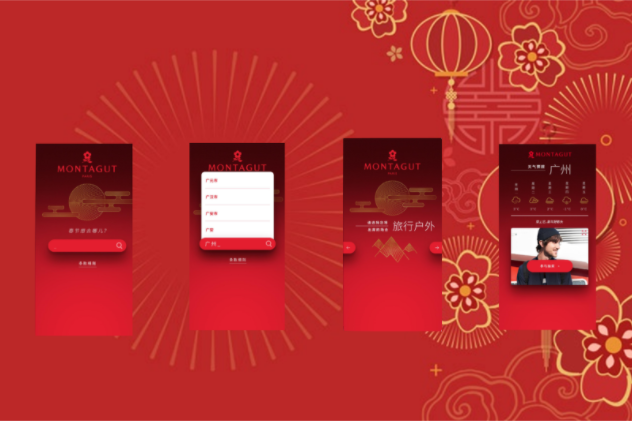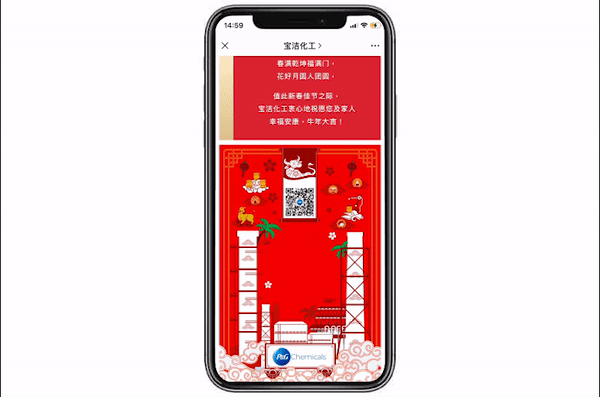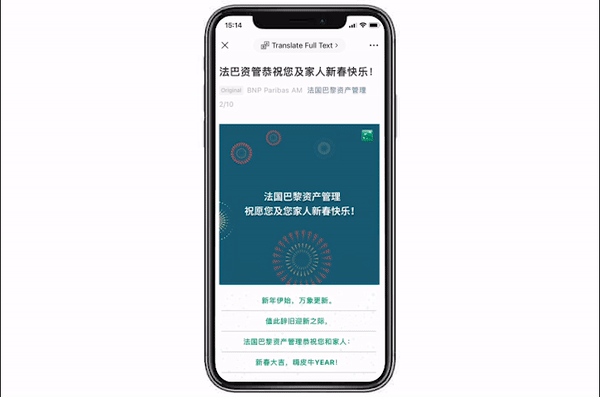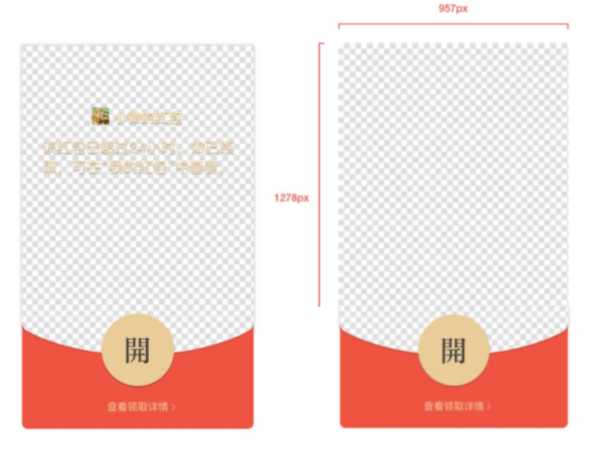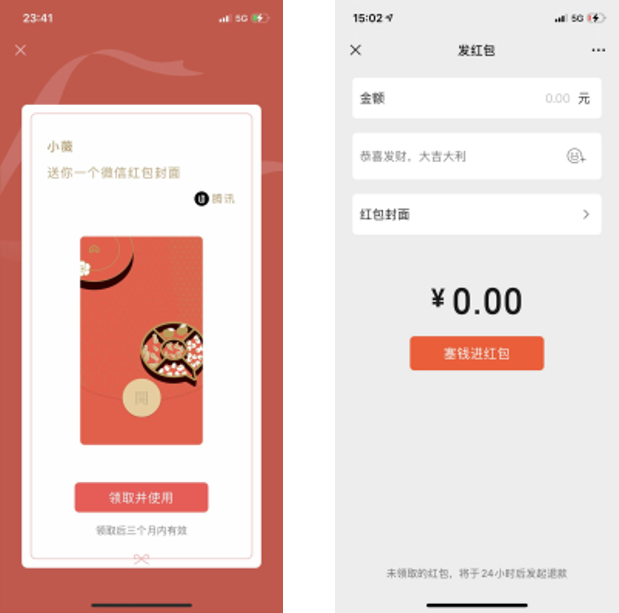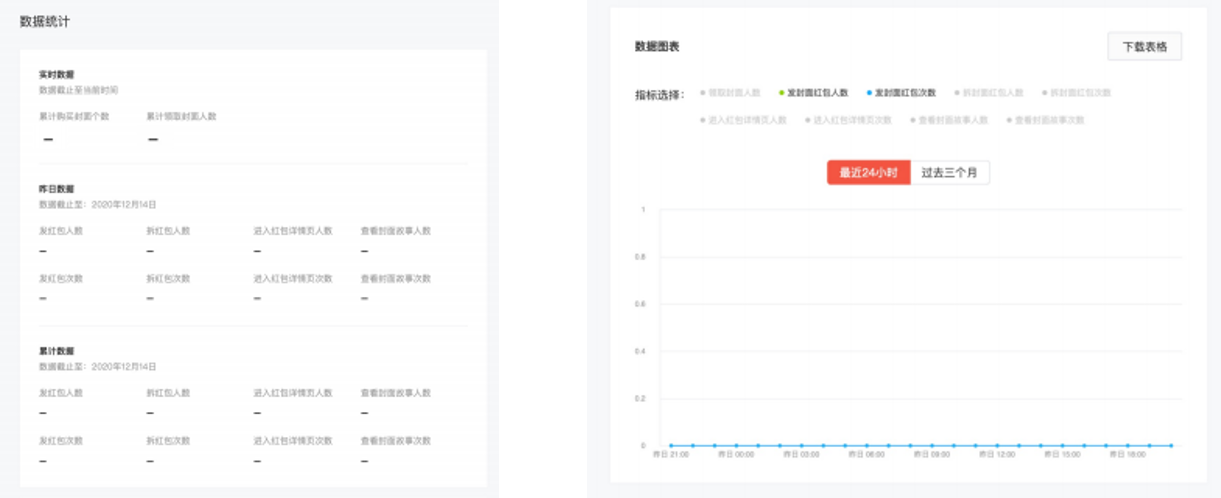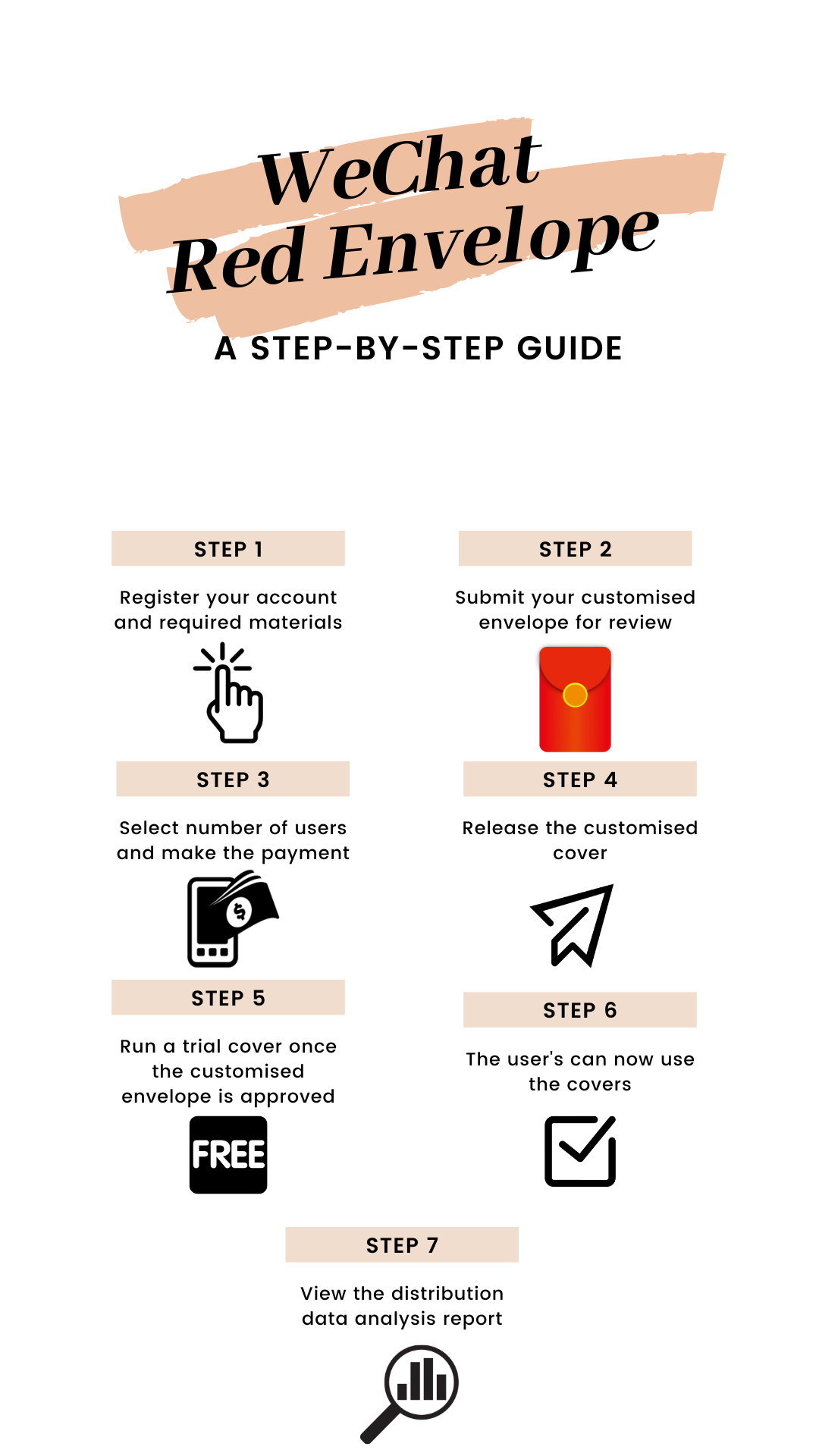China’s cross-border e-commerce has drastically matured in recent years. Thanks to the steady increase in industry size, greater integration of supply chain processes, progressive transition to more refined operation, and continued penetration of innovation models, the industry has boomed significantly.
The import and export trade has existed since the dawn of time, yet despite the Covid-pandemic, the numbers are on the rise. The widespread adoption of online consumption patterns has fuelled the rapid growth of worldwide e-commerce. This has resulted in a steady increase in penetration and sales.
According to eMarketer, China’s cross-border e-commerce became a new economic accelerator in China, as well as a hot investment and financing area in the capital market, thanks to its solid advantages in high cost-to-performance and high efficiency.
Cross Border E-commerce: What Is It?
Any international sale of a product or service between two parties on an online marketplace platform is referred to as cross border e-commerce.
It can either be B2C (Business-to-consumer), B2B (Business-to-business), C2C (Customers-to-customer) or D2C (Direct-to-consumer)
Any seller can benefit from cross-border e-commerce if they want to expand their business, investigate new markets and purchasing patterns and/or export what they have to offer in order to reach a larger audience but it can be intimidating to start.
Cross Border E-commerce in China
In China, cross-border e-commerce is distinguished by the fact that overseas companies are permitted to offer some goods to Chinese consumers online, through platforms such as Alibaba’s Tmall Global and Kaola, at favorable tariff rates and without the need for a business license.
Moreover, the majority of cross-border trades in China are carried out by corporations from other Asian countries, led by Japan and Korea, and closely followed by the United States.
The Chinese Ministry of Finance has implemented few regulations for cross-border purchases since January 2019. The following are the most important for CBEC in China:
- The maximum amount for a single transaction has increased from 2,000 RMB (291 USD) to 5,000 RMB (727 USD)
- The average annual amount spent across borders climbed from 20,000 RMB (2,909 USD) to 26,000 RMB (3,782 USD) per person.
- In China, 63 additional item categories have been added to the positive list for cross-border e-commerce purchases. Sparkling wine, beer, health care items, and workout equipment are among these categories.
- The number of cities eligible for the CBEC tax-rebate increased from 15 to 37, including Beijing and Shanghai.
- Because of the new regulation, it’s more difficult for Daigou to operate unlawfully. Daigous is a form of surrogate shopping in China as a means to receive cheaper or locally unavailable, often luxury goods, from duty-free shops and foreign countries.
The Retail Marketplaces of the CBEC
In China, there are various platforms for cross-border e-commerce. Tmall and JD.com are at the top of the list.
China’s consumers are more educated than they have ever been. As a result, they desire higher-quality goods and are willing to pay a higher price for them. They are educated and shop on the go using mobile devices. The majority of e-commerce shoppers are between the ages of 18 and 34.
In 2017, the average Chinese online shopper spent RMB12,198 (S$2,558) (iResearch Consulting Group).
Some of the key marketplaces you could consider for cross-border e-commerce are:
- Tmall & Tmall Global (Alibaba)
- Kaola (Alibaba)
- RED (Xiaohongshu)
- JD Worldwide
- VipShop
- Pinduoduo
Most major global brands have a presence on one or more of these platforms because they provide high market exposure and allow them to benefit from the platforms’ high quality and exposure.
What are the benefits of cross-border eCommerce?
The most significant advantage of cross-border eCommerce is that it allows you to extend your business globally and gain exposure to new markets and audiences. Because of that, it will also assist you in increasing the appeal of your business.
With a larger audience, your company’s number of customers and potential consumers will increase, potentially leading to an increase in demand and customer orders.
Products that are less popular in their home market have been discovered to be more popular beyond borders in some situations. As a result, cross-border e-cmmerce can help you sell slow-moving or outdated inventory.
However, there are a few things to consider before pursuing cross-border e-commerce for your business:
- Figure out the suitable platform to sell your products
- Know the latest trends and who your consumers are
- Understand the rules and regulations
- Read up on the geography of your audience
- Learn what various partners can do for you
End word
In conclusion, enterprises should prepare themselves by having a thorough awareness of trends, customers, location, legislation, platforms, and the ecosystem. Thank to this, they can effectively access China’s lucrative cross-border e-commerce sector. So there is a lot of homework to do, but there are also a lot of resources.
If you require further support with setting up your account or assistance in learning more about cross-border e-commerce in China,, please contact our team. We use our knowledge and expertise to help businesses build meaningful partnerships and develop their network among Chinese customers. For additional information, please contact us by phone – Shanghai or Hong Kong
Read more such articles by clicking the links below:
What Are the Most Important E-commerce Festivals in China?
The Accelerating Growth of Niche Perfume Brands in China
A Quick Guide to Xiaohongshu (Little Red Book) Marketing
Establishing A Presence on Xiaohongshu, China’s Popular Fashion Platform

